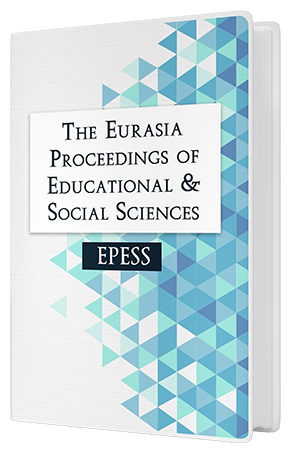Building Harmony in Schools: Strategies for Implementing Religious Tolerance-Based Education
DOI:
https://doi.org/10.55549/epess.846Keywords:
Tolerance-based education, Religious tolerance, Building harmony in schoolAbstract
This research focuses on efforts to build harmony in the school environment by implementing religious tolerance-based education. The problem identified in this study is the increasing tension and conflict caused by different religious beliefs. The purpose of this research is to formulate effective strategies for implementing religious tolerance education to create a harmonious and inclusive school environment. This research uses a qualitative approach and systematic literature review method. The results show that education plays an important role in voicing the values of religious tolerance for social provision. Several strategies can be applied to implement religious tolerance-based education in schools, which are divided into three parts, namely; integrated in subjects, through extracurricular activities, and in school policies and culture. The implementation of these strategies has a positive impact on students, teachers, and schools, but is also faced with several obstacles. The implication of this research is the need for a more in-depth approach to the implementation of effective and sustainable religious tolerance education. Thus, the next generation is expected to strengthen their identity as tolerant individuals.
Downloads
Published
Issue
Section
License
Copyright (c) 2024 The Eurasia Proceedings of Educational and Social Sciences

This work is licensed under a Creative Commons Attribution 4.0 International License.
The articles may be used for research, teaching, and private study purposes. Any substantial or systematic reproduction, redistribution, reselling, loan, sub-licensing, systematic supply, or distribution in any form to anyone is expressly forbidden. Authors alone are responsible for the contents of their articles. The journal owns the copyright of the articles. The publisher shall not be liable for any loss, actions, claims, proceedings, demand, or costs or damages whatsoever or howsoever caused arising directly or indirectly in connection with or arising out of the use of the research material. All authors are requested to disclose any actual or potential conflict of interest including any financial, personal or other relationships with other people or organizations regarding the submitted work.




